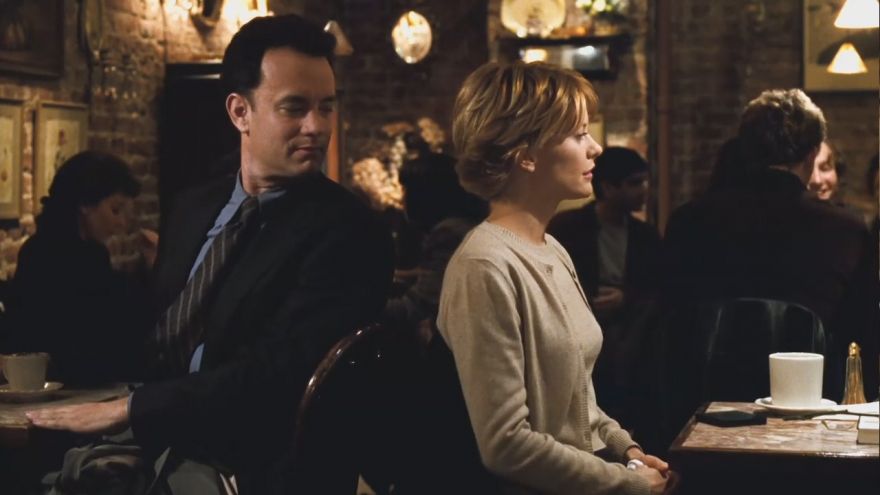Movie watching is not just a pastime activity but an essential part of our culture. From the silent films of the early 20th century to the latest blockbusters released this year, movies have evolved significantly over time, and their English expression has also changed accordingly. This article will explore how the verb "to watch" in the context of movie-going has transformed from its present to its past form.

In the early years, movies were watched by a limited audience due to technological constraints. The terminology used to describe this activity was quite simple; people simply said "I see the movie", or "I watch it". However, as technology advanced rapidly in the late 19th and early 20th centuries, more complex terms emerged to capture the essence of this entertainment form.
The Evolution of Vernacular for Watching MoviesBy the 1950s and 1960s, when cinema became more accessible and affordable, the verb "to watch" started taking on a more specific form to reflect this change. The phrase shifted from "seeing" to "watching" to emphasize the interactive nature of the experience. For instance, if we consider the sentence: "I went to see a movie last weekend," we see that "see" was gradually replaced with "watch", creating a more accurate representation of how movies are consumed now.
Past vs Present Forms of the Verb "To Watch":In modern English usage, the verb "to watch" is commonly used both in its past and present forms. For instance:
- In the past: "We saw a movie yesterday." - In the present: "We watch a movie every week."However, there is a subtle difference between these two forms. When using the past tense (saw), it implies a finished action, whereas using the present continuous (watching) indicates an ongoing habit or routine. This distinction is crucial for maintaining clarity and accuracy in writing or speaking about past experiences versus present activities.
Moreover, the advent of home entertainment systems and online streaming platforms like Netflix has further altered our language use when discussing movies. Nowadays, people often say things like "I am watching a movie on my laptop" or "We streamed a film on our television last night." In such cases, the verb "to watch" continues to thrive in its present form, while other words evolve to keep pace with these new technologies.
Another interesting development is the shift towards passive voice constructions. For example, instead of saying "I am watching a movie," someone might prefer to say, "A movie is being watched by me." This change reflects a growing preference for impersonal language that distances the speaker from the action they're discussing.
Language Evolution and Cultural Change:As we delve deeper into this topic, it becomes evident that language evolution mirrors cultural changes. The shift in vocabulary reflects not only technical advancements but also societal shifts in how we view and consume media. With each generation, new terms are introduced, old ones fall out of usage, or undergo subtle changes. This dynamic relationship between language and culture underscores why understanding historical changes in language usage can provide valuable insights into broader sociological and cultural trends.
Conclusion:To summarize, the transformation of the verb "to watch" over time reflects significant changes in how we perceive and engage with movies. From simple expressions like "I see the movie" to sophisticated uses incorporating current technologies and passive constructions, the evolution of our language mirrors our evolving relationship with cinema. This journey from the past to the present showcases not only linguistic changes but also highlights human adaptation to technological innovation and cultural shifts. As we continue to navigate through the digital age, we can expect further evolutions in how we discuss movies and other forms of media—a testament to the enduring power of language in shaping our collective experiences and memories.
推荐阅读》未经允许不得转载:» 看电影的英语过去式(Watch movies in the past tense.)

 家长点评网
家长点评网











